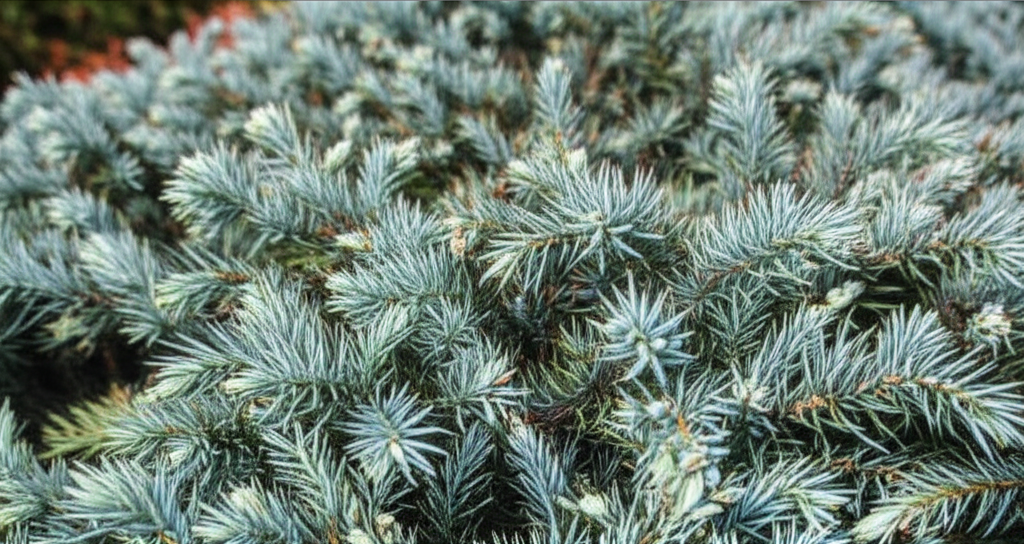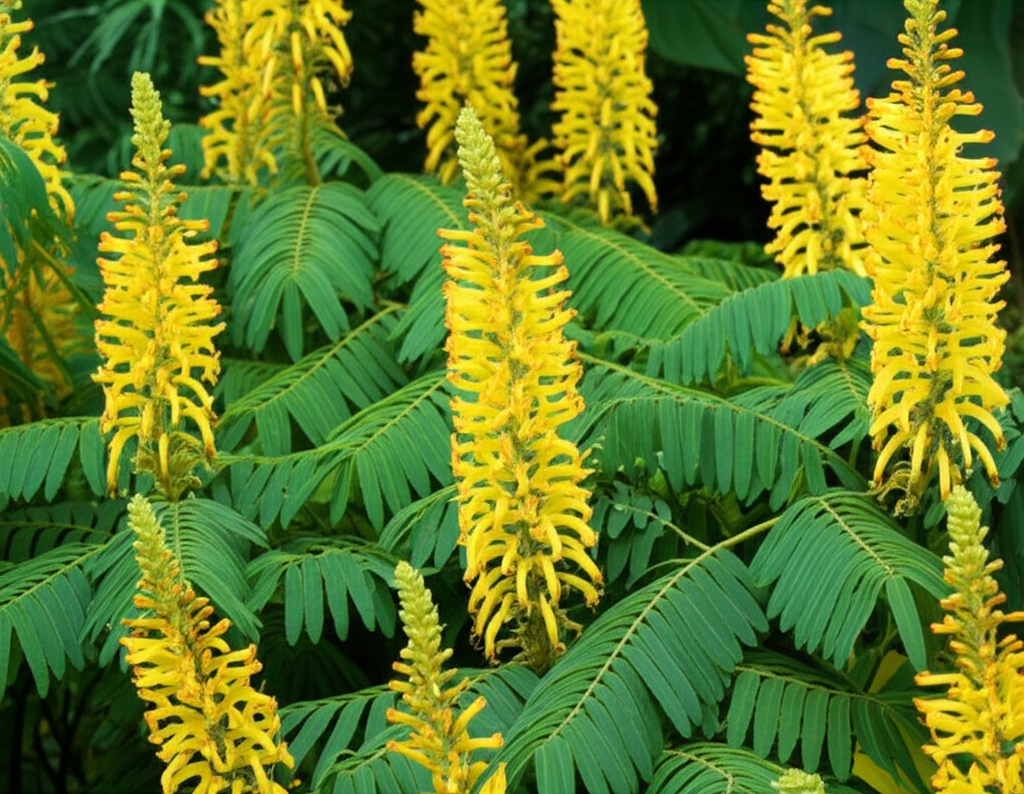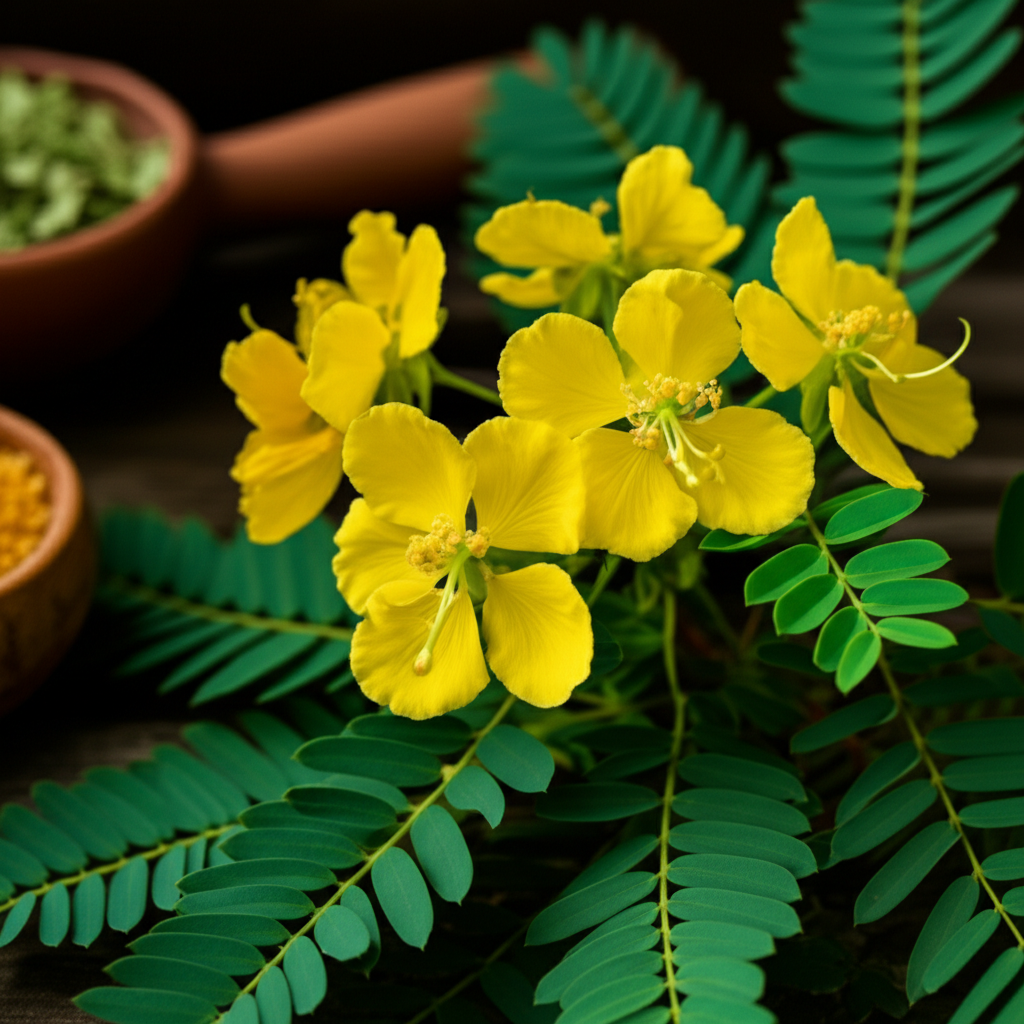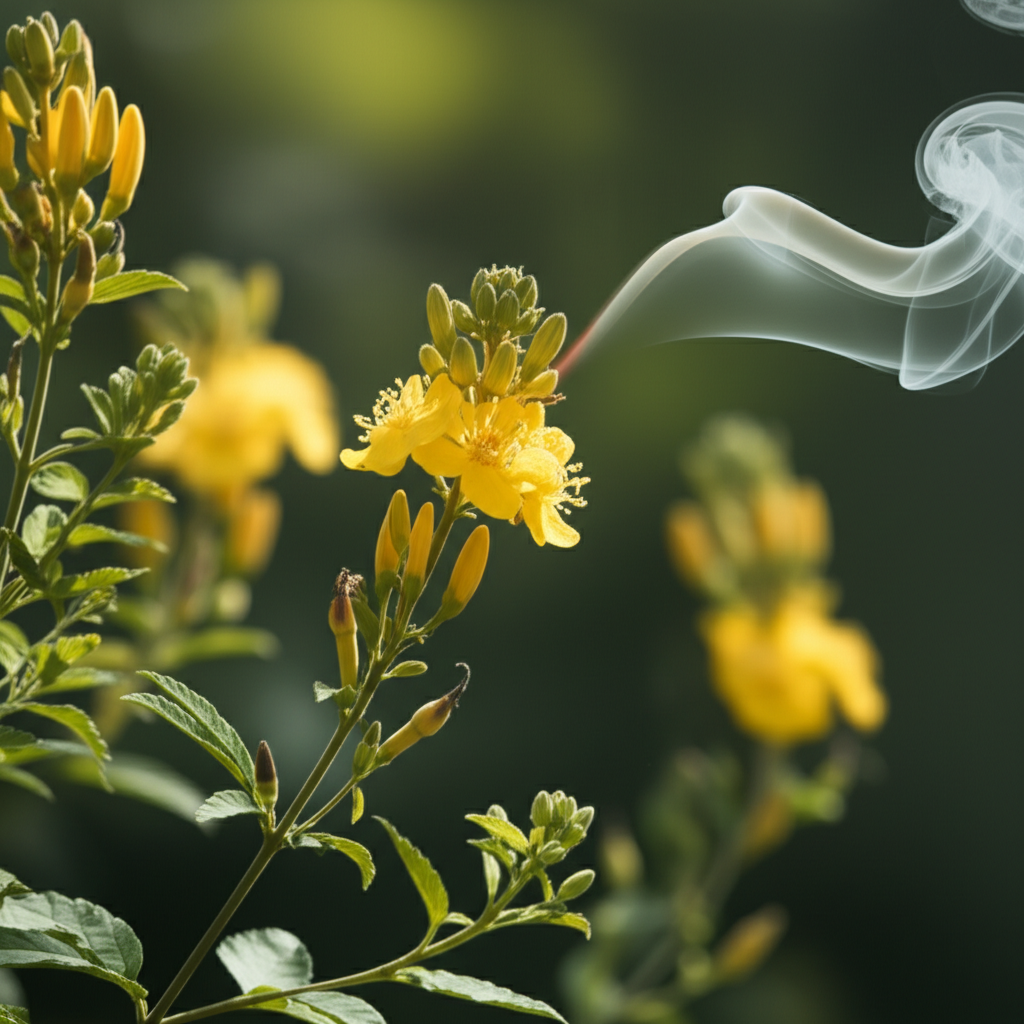Can Blue Star Juniper Thrive in My Microclimate? Unveiling Its Effortless Adaptability
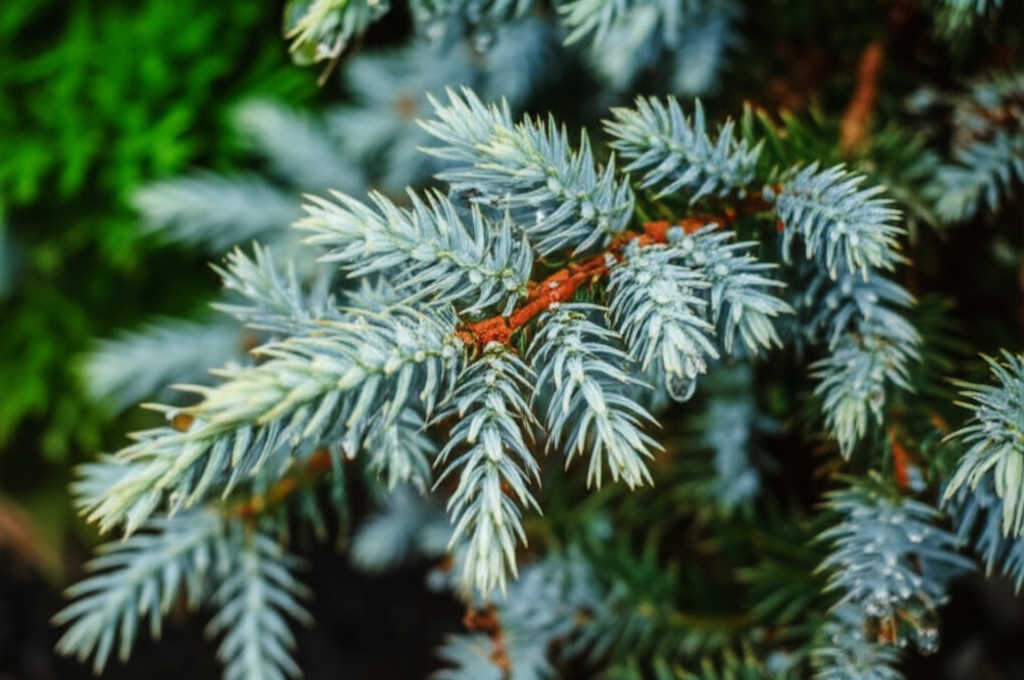
Ever stood in your garden, gazing at a promising plant, and wondered, “Will this really work here?” For many gardeners, the question of a plant’s suitability to their unique garden conditions, their specific microclimate, is paramount. This is especially true for those seeking low-maintenance, resilient greenery that doesn’t demand constant coddling. Today, we’re diving deep into the remarkable world of the Blue Star Juniper (Juniperus squamata ‘Blue Star’) and exploring its impressive microclimate adaptability. Understanding how this popular evergreen navigates diverse environmental pockets can transform your gardening success and unlock its full potential, contributing to both a healthier garden ecosystem and a more sustainable approach to landscaping.
Quick Answer Box
Yes, the Blue Star Juniper exhibits exceptional microclimate adaptability, making it a versatile choice for a wide range of garden environments. Its ability to tolerate various light conditions, soil types, and even some temperature fluctuations contributes to its widespread success. This inherent resilience means gardeners can confidently plant Blue Star Juniper in many locations, from sunny, exposed sites to partially shaded, protected areas.
What is Blue Star Juniper Microclimate Adaptability and Why It’s Important in Gardening
Microclimate adaptability refers to a plant’s ability to tolerate and thrive within the specific, localized environmental conditions of a particular garden space, which can differ significantly from the broader regional climate. These microclimates are influenced by factors such as sunlight exposure, wind patterns, soil type and moisture, surrounding structures, and even the presence of other plants.
For the Blue Star Juniper, understanding its microclimate adaptability is crucial because it directly dictates its health, vigor, and overall aesthetic appeal. A plant well-suited to its microclimate will exhibit strong growth, vibrant color, and resistance to pests and diseases. Conversely, a plant placed in an unsuitable microclimate may struggle, showing stunted growth, yellowing foliage, or increased susceptibility to problems. This adaptability makes the Blue Star Juniper a highly sought-after plant for landscapers and home gardeners alike, as it reduces the guesswork and the need for extensive soil amendments or specialized care. Its resilience contributes to a more sustainable garden by requiring fewer resources like water and pesticides.
Quick Recommendations or Key Insights about Blue Star Juniper Microclimate Adaptability
Sunlight Versatility: While preferring full sun, Blue Star Juniper can tolerate partial shade, making it adaptable to various garden exposures.
Soil Tolerance: It’s not overly fussy about soil, thriving in well-draining conditions across a pH range.
Drought Resistance: Once established, it demonstrates good drought tolerance, a key factor in adapting to drier microclimates.
Wind Exposure: It can handle moderate wind, but extreme, persistent winds might require some protection, especially in winter.
Cold Hardiness: Its broad hardiness zone (typically 4-8) indicates a good capacity to handle temperature fluctuations.
Moisture Needs: Avoid waterlogged soil; excellent drainage is the most critical soil factor for its adaptability.
Detailed Breakdown of Blue Star Juniper Microclimate Adaptability
The Blue Star Juniper’s reputation as an “effortless” plant is largely due to its remarkable ability to adapt to a variety of microclimates. Let’s delve into the scientific and practical aspects of this adaptability.
The Scientific Perspective: Botany and Plant Biology Behind Adaptability
The Blue Star Juniper, a cultivar of Juniperus squamata, possesses several intrinsic botanical characteristics that contribute to its microclimate resilience.
Needle Structure and Waxy Cuticle: The characteristic silvery-blue, awl-shaped needles are densely packed and covered with a thick, waxy cuticle. This waxy layer is a critical adaptation for reducing water loss through transpiration, particularly in dry or windy conditions. It also helps to reflect excess sunlight, protecting the foliage from scorching in intense sun. This feature is a significant advantage in microclimates prone to drought or high solar radiation.
Shallow but Spreading Root System: While not a deep-rooted plant, the Blue Star Juniper develops a fibrous, spreading root system. This allows it to efficiently capture moisture from the upper layers of the soil and anchor itself well, even in shallower or less-than-ideal soil conditions. This root structure aids in its ability to withstand periods of drought and makes it less susceptible to uprooting in windy areas.
Coniferous Evergreen Nature: As an evergreen conifer, it retains its foliage year-round, providing continuous photosynthesis. While this means it requires consistent moisture and can be susceptible to desiccation in harsh winter conditions (often exacerbated by wind and sun when the ground is frozen), its robust needle structure helps mitigate these risks compared to plants with broader, thinner leaves.
Genetic Predisposition: As a cultivated variety, ‘Blue Star’ has been selected for its desirable traits, which often include a degree of genetic hardiness and adaptability inherited from its parent species. While specific genetic studies on Juniperus squamata ‘Blue Star’ microclimate adaptability are not as widely published as for some other horticultural subjects, the general resilience of junipers, particularly in adapting to challenging sites, is well-documented in botanical literature. Their evolutionary history often involves thriving in exposed, rocky, or sandy environments, which naturally selects for traits that confer adaptability to less-than-ideal conditions.
Practical Applications: How Blue Star Juniper Adapts
The practical implications of this adaptability are immense for gardeners:
Sunlight Variance: In a full sun microclimate, the Blue Star Juniper will typically exhibit its most compact form and intense blue color. However, in a microclimate with morning sun and afternoon shade, or dappled shade throughout the day, it will still grow well, though it might become slightly more open and the blue hue may be less pronounced. This makes it suitable for locations where other junipers might scorch or where dappled shade is a prominent feature.
Soil Drainage: The most critical factor for the Blue Star Juniper is well-draining soil. This means it can adapt to a variety of soil types – from sandy loams to gravelly soils – as long as water doesn’t stand around its roots. In clay-heavy microclimates, amending the soil with organic matter and gravel to improve drainage is key to its success.
Temperature Fluctuations: Its hardiness zones indicate it can handle significant temperature swings. In colder zones, it benefits from protection from harsh winter winds and sun that can cause desiccation of its needles when the ground is frozen. In warmer zones, its waxy cuticle helps it cope with summer heat, provided it has adequate drainage and doesn’t experience prolonged periods of extreme, dry heat without any moisture.
Wind Resistance: While it can tolerate moderate winds, a microclimate with consistent, strong winds, especially during winter, can be challenging. In such cases, planting it near a windbreak (a building, fence, or other shrubs) can significantly improve its performance.
Quick Recommendations or Key Insights about Blue Star Juniper Microclimate Adaptability
Sunlight: Full sun to partial shade (at least 6 hours of sun is ideal for best color and form).
Soil: Must be well-draining. Amend heavy clay soils with compost and grit.
Watering: Water regularly during the first year to establish roots, then sparingly. Drought-tolerant once established.
Wind: Can tolerate moderate wind; protect from harsh winter winds if possible.
Pest/Disease: Generally resistant, but good air circulation (achieved through proper spacing) helps prevent fungal issues.
Detailed Breakdown of Blue Star Juniper Microclimate Adaptability
The Science of Resilience: Understanding Environmental Factors
The Blue Star Juniper’s ability to adapt is rooted in its physiological responses to environmental stimuli.
Photosynthetic Flexibility: While optimal photosynthesis occurs in full sun, the Blue Star Juniper can adjust its photosynthetic rate in lower light conditions. Chlorophyll content may increase slightly, and the plant may exhibit more elongated growth to maximize light capture. This flexibility allows it to survive and grow in microclimates that aren’t bathed in direct sunlight for the entire day.
Osmotic Adjustment: In response to drought stress, the plant can undergo osmotic adjustment, increasing the concentration of solutes within its cells. This helps maintain turgor pressure and allows it to continue drawing moisture from the soil even when soil water potential is low. The waxy cuticle plays a supporting role by minimizing water loss from the needles themselves.
Cold Acclimation: As temperatures drop, the Blue Star Juniper initiates a process called cold acclimation. This involves physiological changes that increase its frost hardiness, such as altering cell membrane composition and accumulating sugars or other cryoprotectants. This allows it to survive freezing temperatures common in its hardiness zones. However, this process is hindered if the plant is stressed by drought or disease prior to winter, or if it experiences rapid temperature fluctuations.
Practical Applications in the Garden
Foundation Plantings: Its compact, mounding habit and adaptability make it an excellent choice for foundation plantings around homes, where it can tolerate varying light levels and provide year-round texture.
Rock Gardens: The Blue Star Juniper thrives in the sharp drainage often found in rock garden microclimates, where its silvery-blue foliage contrasts beautifully with stone and other alpine plants.
Slopes and Banks: On slopes, it can help with soil stabilization due to its spreading root system, and it benefits from the improved drainage that slopes typically offer.
Container Gardening: In larger containers with good drainage, it can adapt to patio or balcony microclimates, though it will require more consistent watering and protection from extreme winter cold than when planted in the ground.
Mixed Borders: Its unique color and texture make it a standout in mixed borders, providing a cool contrast to warmer-toned plants and evergreen structure in winter.
Common Mistakes to Avoid
Overwatering/Poor Drainage: The most common mistake is planting in a microclimate with consistently wet soil. This can lead to root rot, which is often fatal.
Heavy Shade: While it tolerates partial shade, planting in deep, dense shade will result in a leggy, weak plant with poor color.
Salt Spray Exposure: In coastal microclimates, while generally tolerant of some salt, excessive salt spray can damage the foliage. Consider this if planting very close to the ocean.
Winter Desiccation: In very cold, windy, and sunny microclimates, winter sun can “burn” the needles if the ground is frozen and the plant cannot absorb moisture. Applying an anti-desiccant spray in late fall or providing a temporary windbreak can help.
Over-fertilizing: Junipers are generally not heavy feeders. Over-fertilizing can lead to weak, leggy growth that is more susceptible to problems.
Expert Tips or Pro Insights
“Plant it and forget it” is mostly true, but not entirely. While low-maintenance, understanding its preferred conditions (sun and drainage) is key to its success.
Improve Drainage Proactively. If your soil is even slightly heavy, incorporating gravel or coarse sand into the planting hole and the surrounding area is a wise investment for long-term health.
Observe Your Microclimate. Before planting, spend time observing the light patterns, wind exposure, and soil moisture in the intended location throughout the day and across different seasons.
Mulching is Beneficial. A layer of mulch helps retain soil moisture, suppress weeds, and moderate soil temperature, all of which contribute to better microclimate adaptation. Keep mulch a few inches away from the trunk.
Pruning for Form, Not Necessity. Blue Star Juniper rarely needs significant pruning. Light shaping can be done in late spring or early summer to maintain its desired form, but avoid cutting into old wood as it doesn’t regenerate well.
Seasonal or Climate Considerations
Spring: This is an ideal time for planting, allowing the roots to establish before the heat of summer. New growth emerges with a vibrant blue hue.Summer: In hot climates, ensure adequate watering during the initial establishment phase. Once established, its drought tolerance will be a significant advantage. Monitor for signs of stress like wilting or browning needles.
Autumn: The plant is generally hardy and can handle the temperature drops. Its color may intensify slightly in cooler weather.
Winter: In colder microclimates, the needles are susceptible to desiccation from wind and sun when the ground is frozen. Planting in a location with some winter protection from prevailing winds is beneficial. In milder climates, it typically fares very well through winter.
Buying Guide or Decision-Making Process
When purchasing a Blue Star Juniper, consider these factors to ensure you select a healthy specimen that will adapt well to your microclimate:
Plant Health: Look for plants with uniformly colored, dense foliage. Avoid plants with browning, yellowing, or sparse needles, or any signs of pests.Root Ball: If possible, check the root ball. It should be firm and well-developed, with healthy, white roots. Avoid plants that are severely root-bound, as this can hinder establishment.
Size and Form: Blue Star Junipers are typically sold as small, mounding shrubs. Choose a size that fits your immediate planting needs, keeping in mind its mature size (usually 2-3 feet tall and wide).
Container Type: Ensure the plant is in a suitable container with drainage holes.
Nursery Reputation: Purchase from reputable nurseries or garden centers that practice good horticultural care.
FAQ Section for Blue Star Juniper Microclimate Adaptability
Q1: Can Blue Star Juniper tolerate extremely hot and dry microclimates?
A1: Yes, once established, Blue Star Juniper is quite drought-tolerant due to its waxy needles and efficient root system. However, in extremely hot and dry microclimates, especially during the first year, supplemental watering will be necessary to help it establish. Providing a layer of mulch will also help retain soil moisture.
Q2: Will Blue Star Juniper grow well in a windy microclimate?
A2: Blue Star Juniper can tolerate moderate wind. However, very strong, persistent winds, especially during winter when the ground is frozen, can cause desiccation (winter burn) of the needles. Planting it in a location with some windbreak, such as near a building, fence, or other plants, can significantly improve its performance in windy microclimates.
Q3: What is the ideal soil drainage for Blue Star Juniper to adapt to my microclimate?
A3: The absolute most critical factor for Blue Star Juniper’s adaptation is excellent soil drainage. It will not tolerate wet feet. This means if your microclimate has heavy clay soil, you must amend it heavily with organic matter and grit (like perlite or coarse sand) to ensure water drains away quickly. Sandy or gravelly soils are naturally more suitable.
Q4: Can I plant Blue Star Juniper in a microclimate that receives only partial shade?
A4: Yes, Blue Star Juniper can adapt to partial shade, especially afternoon shade in hotter climates. However, it will perform best and maintain its dense form and vibrant blue color in full sun. In deep shade, it may become leggy and lose some of its desirable characteristics.
Q5: How does the cold hardiness of Blue Star Juniper relate to its microclimate adaptability?
A5: Its cold hardiness (typically USDA Zones 4-8) means it can withstand freezing temperatures. However, microclimate adaptability in winter is also about protection from extreme conditions like drying winds and intense sun on frozen soil. A sheltered microclimate will allow it to adapt more successfully to winter conditions than an exposed, harsh one.
Conclusion for Blue Star Juniper Microclimate Adaptability
The Blue Star Juniper truly lives up to its reputation for effortless microclimate adaptability, offering gardeners a reliable and beautiful evergreen option for diverse landscape designs. Its robust needle structure, efficient root system, and inherent resilience allow it to flourish in a spectrum of conditions, from sunny, exposed sites to partially shaded nooks, provided good drainage is present. By understanding the subtle nuances of its needs, particularly regarding soil moisture and wind exposure, you can confidently select the perfect spot in your garden for this striking shrub. Embrace the versatility of the Blue Star Juniper and transform your garden with its enduring silvery-blue charm and low-maintenance appeal, knowing you’re planting a species designed to adapt and thrive.
